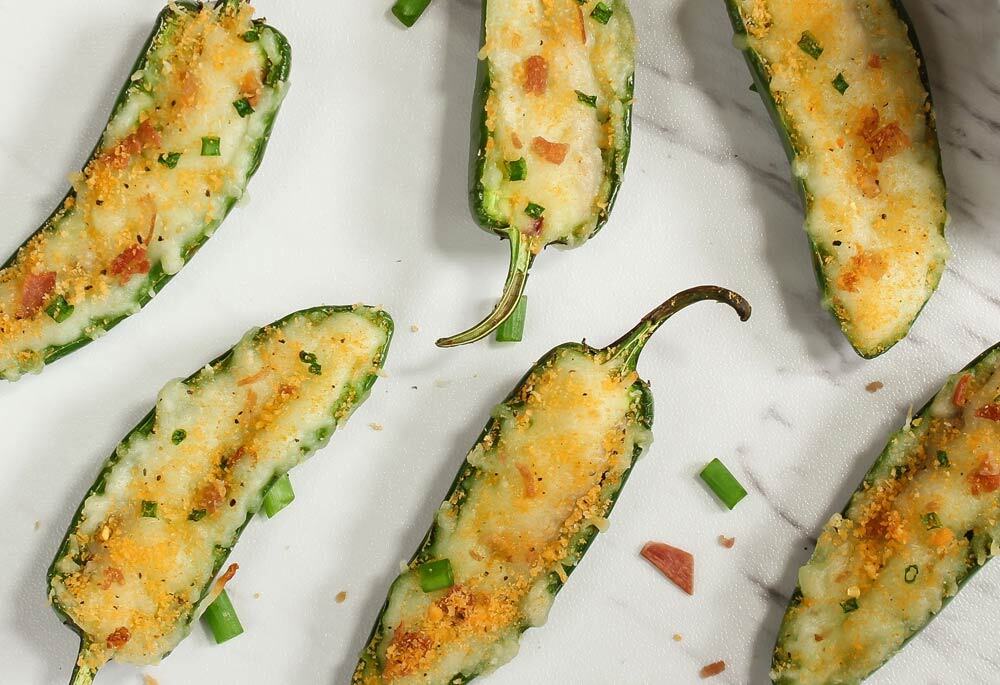Asturias, a seaside principality located in northwestern Spain, is renowned for this hearty stew featuring various cuts of pork and large creamy beans known as fabes or fabadas. We love to finish this dish (perfect for a chilly day) with a generous drizzle of extra virgin olive oil.
Ingredients
- 1/2 pound meaty pancetta
- 1/2 pound dry Spanish chorizo
- 1 meaty ham hock (about 1 pound)
- 2 quarts plus 2 cups chicken stock or low-sodium broth
- 1 pound dried Asturian fabada or cannellini beans, soaked in water overnight and drained
- Bouquet garni: 1 small halved onion, 8 garlic cloves, 2 parsley sprigs, and 1 bay leaf, wrapped in cheesecloth and tied
- Large pinch of saffron, finely ground in a mortar
- 1/4 cup boiling water
- 1 medium tomato, halved crosswise
- 2 tablespoons extra virgin olive oil, plus more for drizzling
- 1 medium onion, peeled and finely chopped
- Salt (kosher or sea) and freshly ground black pepper
- 1 1/2 teaspoons pimentón (smoked Spanish paprika)
Directions
Step 1
Fill a pot halfway with water; bring to a boil over high heat. Add the pancetta, chorizo, and ham hock; simmer over moderate heat for 5 minutes. Drain the meat and return to the pot. Add the stock, beans, and bouquet garni and bring to a boil over high heat; skim off any foam. Cover partially and simmer over low heat until the beans are just tender, about 1 hour.
Step 2
Meanwhile, in a small heatproof bowl, mix the saffron with the boiling water until dissolved. Grate the tomato halves on the large holes of a box grater set in a bowl until only the skins remain; discard the skins.
Step 3
In a medium skillet, heat the olive oil until shimmering. Add the onion and a pinch of salt and cook over moderate heat, stirring occasionally, until softened, about 8 minutes. Add the pimentón and cook, stirring, until the onion is coated, about 1 minute. Add the grated tomato and simmer until reduced by half, 3 to 5 minutes. Stir the onion mixture into the pot of beans along with the brewed saffron. Simmer uncovered until the beans are very tender but not falling apart, about 30 minutes.
Step 4
Transfer the meats to a carving board and let rest for 5 minutes, then cut into bite-size pieces. Discard the ham bone and bouquet garni. Return the meats to the pot and season with salt and pepper. Transfer the fabada to bowls and serve with a drizzle of extra virgin olive oil.
Serves 6 to 8 — Recipe adapted from Food and Wine, September 2017




